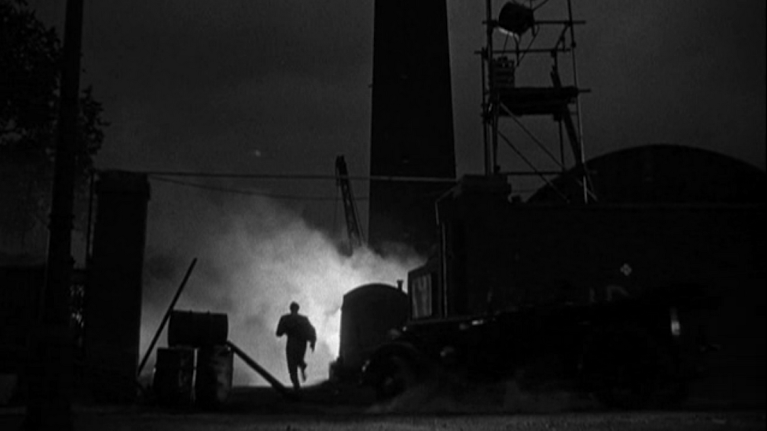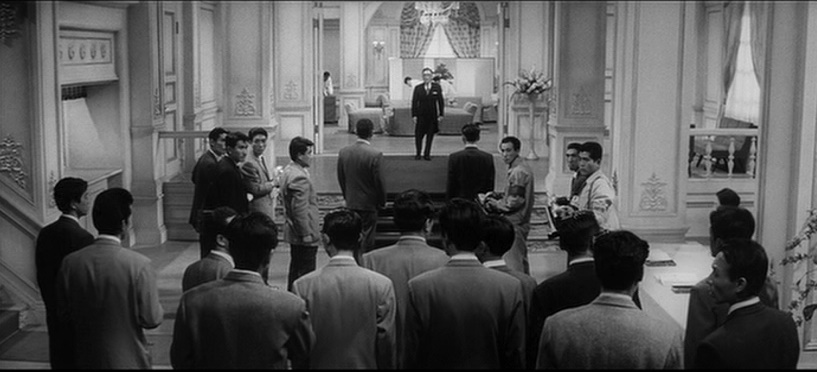
The Death of Film Noir
Film Noir aficionado and prolific blogger Ray “Cigar Joe” Ottulich from Noirsville has pointed me to a series of on-line essays bearing the title The Death of Film Noir by a certain William Ahearn, where he expounds a fairly pugnacious thesis on the true origins of film noir scholarship.
Ahearn explores the origins of film noir in French poetic realism, the early critical writings of Nino Frank and other French film critics, and the influential post-war trauma thesis of Paul Schrader and American scholarly studies from the likes of noir scholar Alain Silver.
Ahearn has done his homework and the essays are provocative and informative. Not all will agree with his radical take on the established film noir canon, but his arguments are shrewdly and clearly presented.
Kirk Douglas’ Century
To celebrate Kirk Douglas reaching his first century – and many happy returns – I recently watched two of his movies: Champion (1949) and Lonely Are The Brave (1961).
Champion, the story of a boxer’s ruthless ambition and his demise is widely recognised as a noir, but has a lesser profile than the great boxing noirs Body and Soul (1947) and The Set-Up (1949). Still Champion packs a punch, with a bravado performance from Douglas and a compelling scenario. The demise of the protagonist, who ruthlessly betrays kith and kin, has an element of tragedy. As in Kurosawa’s seminal Stray Dog, a chance event and a decision, which is neither right nor wrong, sets off an unwavering trajectory that no force can stop or deflect – like that shooting star in High Sierra. The death of an all-round bastard can still be tragic.
In Lonely Are the Brave, Douglas plays an anachronism, a thoroughly decent man destroyed by modernity. A cowboy and his loyal horse ultimately failing to negotiate a highway that tears across the horizon. But not before a rifle shot brings down an army helicopter in hot pursuit. The cowpuncher breaks out of a local lockup after failing to spring his brother, who has been jailed for helping “wet-backs” crossing over the border from Mexico. The film definitely resonates today. Another bravura turn by Douglas. I see it as a noir. Others may quibble. But as Ray Ottulich put it to me in an email: “Noir is in all of us. Think of us all as having an internal tuning fork, these tuning forks are forged by our life experiences which are all unique. When we watch these films their degree of noir-ness resonates with us differently, so we either “tune” to them or we don’t.”














